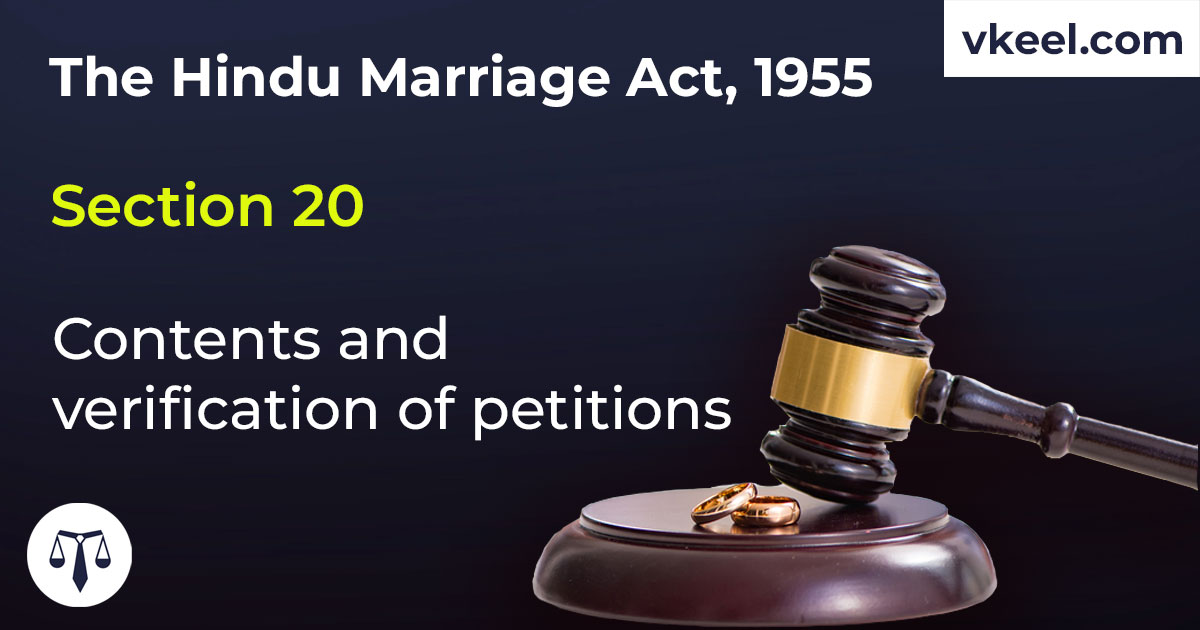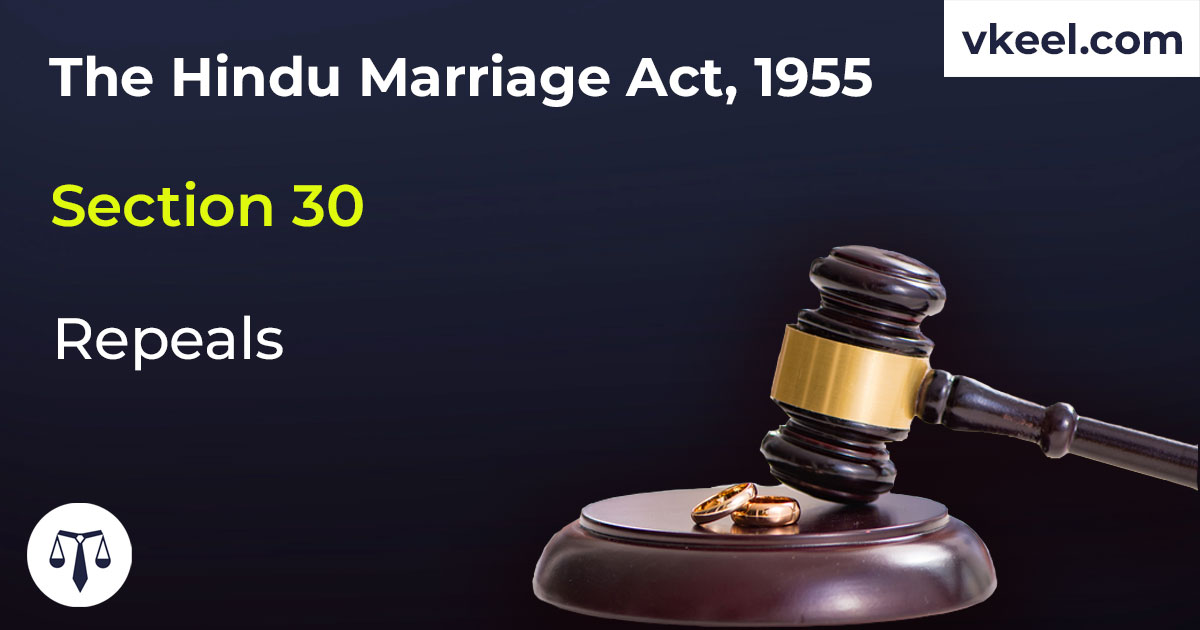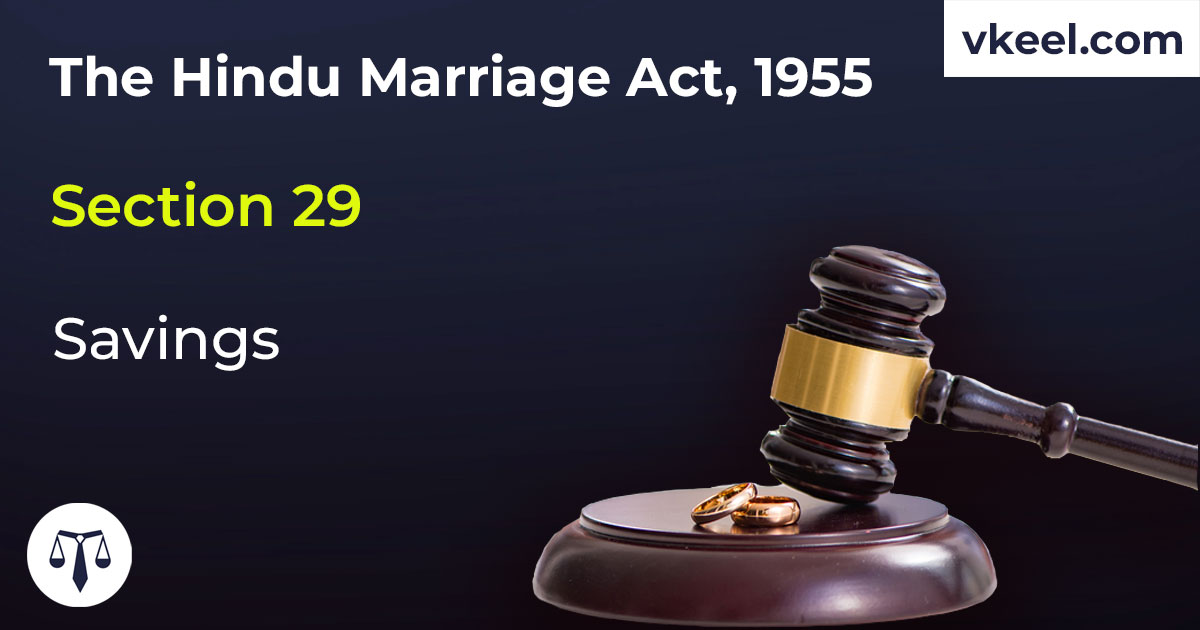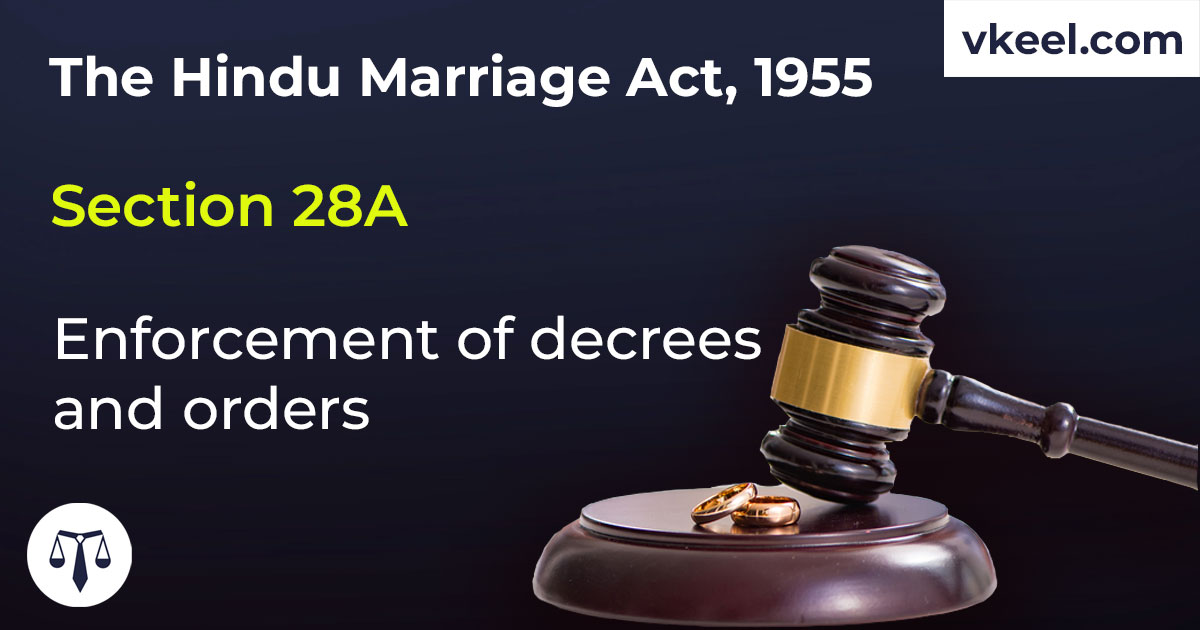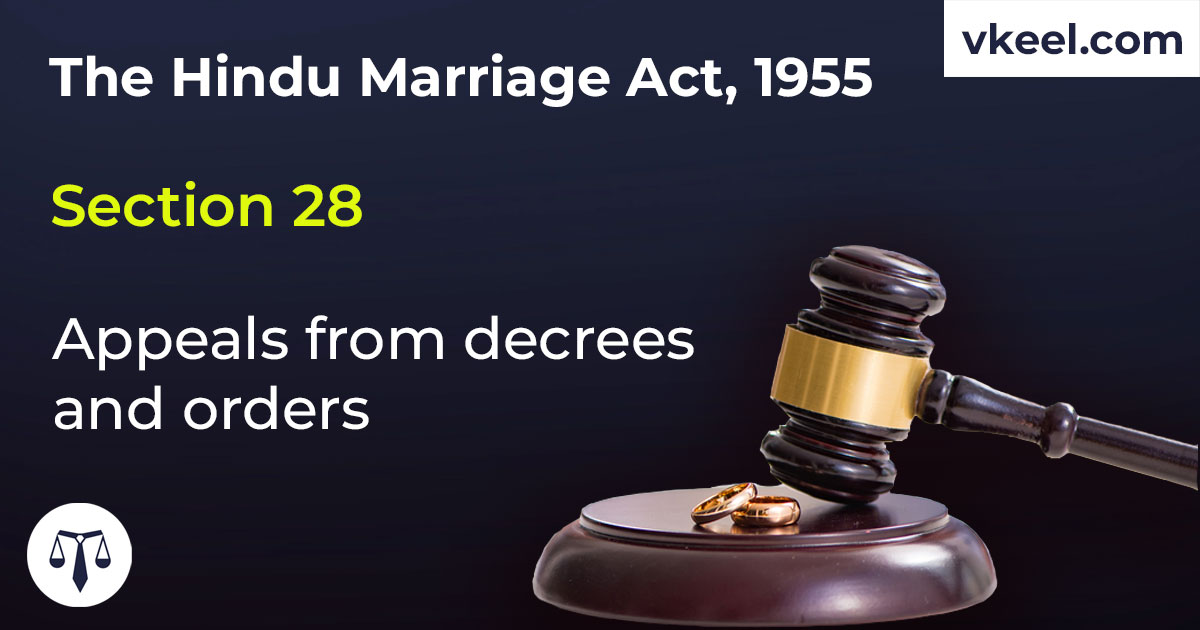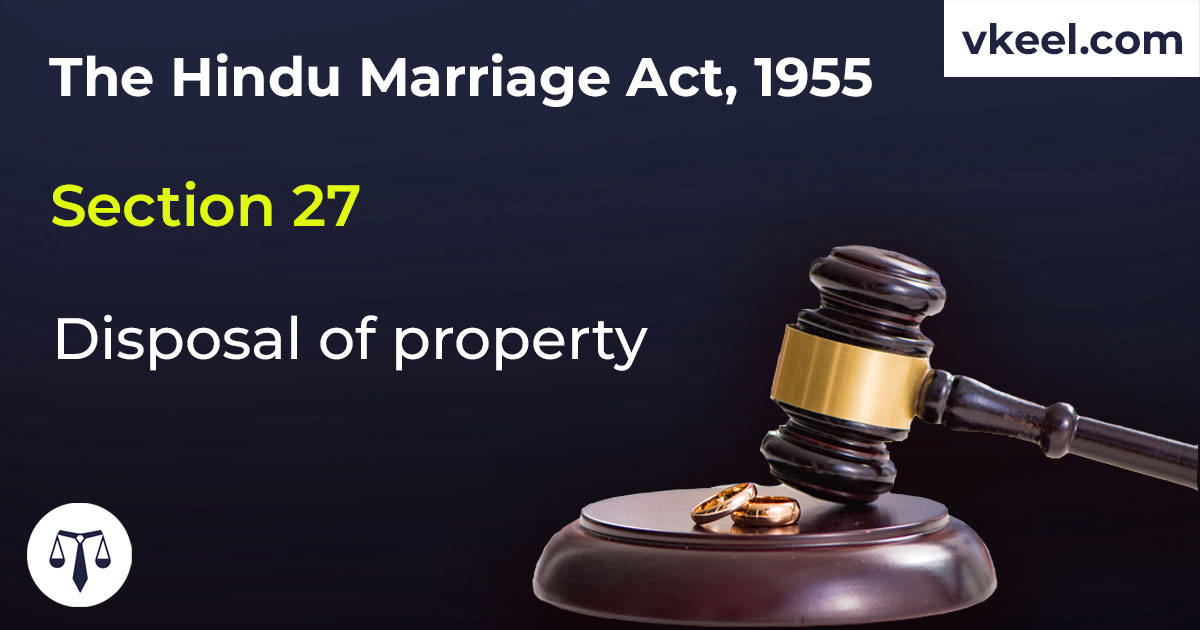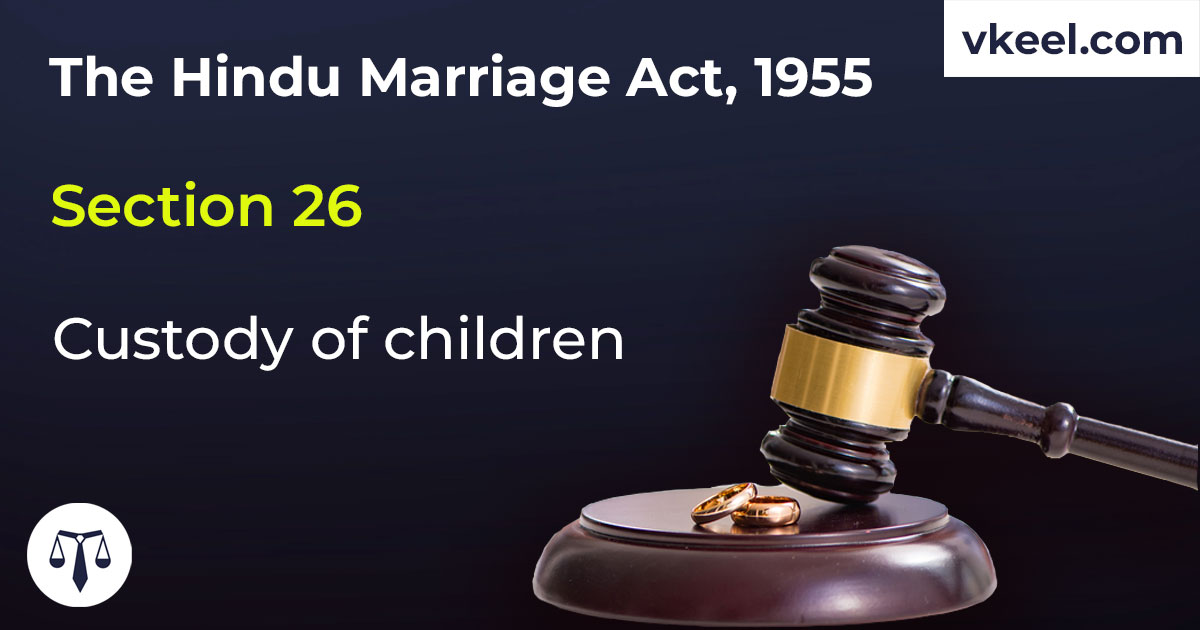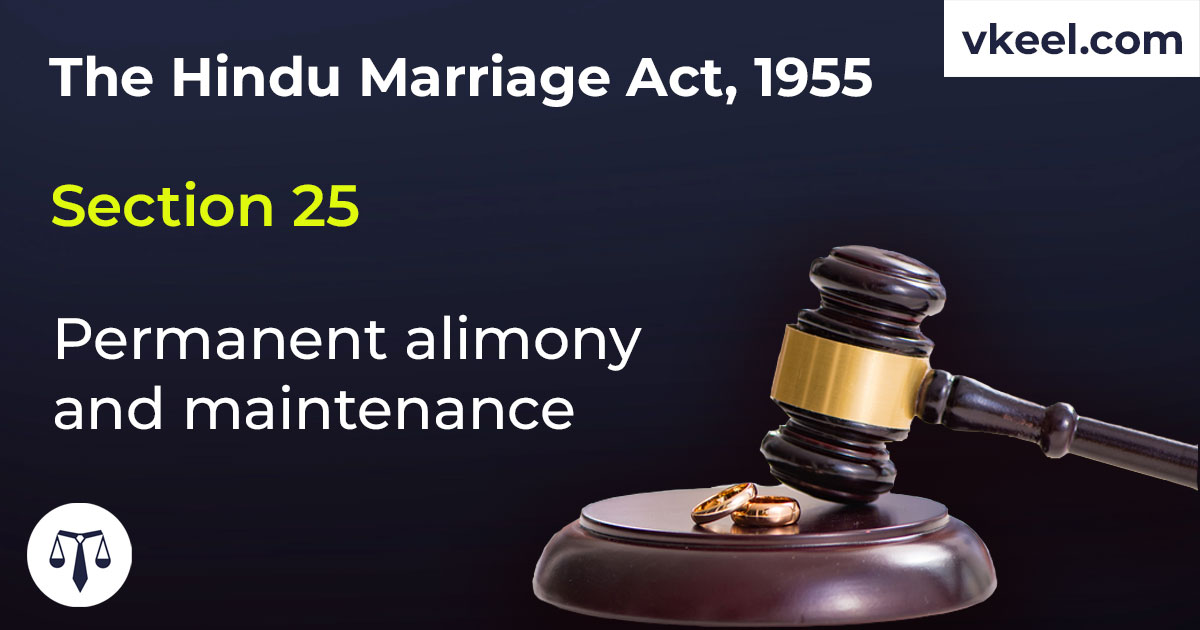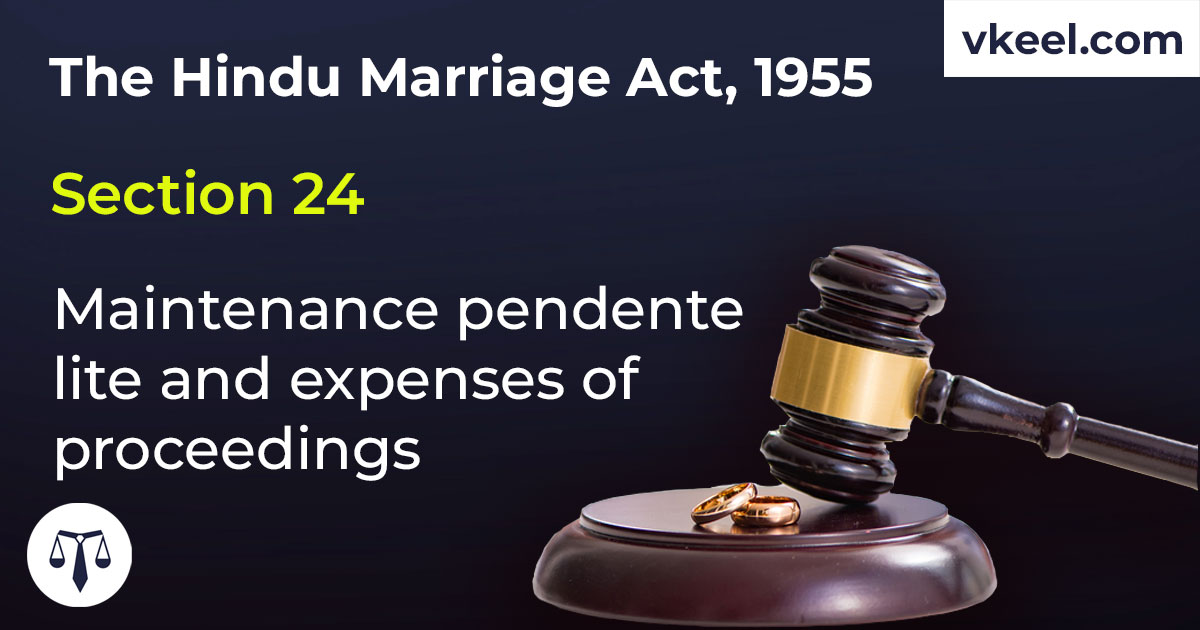Section 20 Hindu Marriage Act 1955 – Contents and verification of petitions
By Vkeel Team
Description
“Section 20 Hindu Marriage Act 1955”
(1) Every petition presented under this Act shall state as distinctly as the nature of the case permits the facts on which the claim to relief is founded 1[and, except in a petition under section 11, shall also state] that there is no collusion between the petitioner and the other party to the marriage.
(2) The statements contained in every petition under this Act shall be verified by the petitioner or some other competent person in the manner required by law for the verification of plaints, and may, at the hearing, be referred to as evidence.
Process of Verifying Petitions Under the Section 20 Hindu Marriage Act 1955
Section 20 Hindu Marriage Act 1955 of the Act outlines the process of verifying petitions for marriage. This process is important to ensure that the marriage is valid and that all parties involved are legally eligible to marry.
The process of verifying petitions under the Section 20 Hindu Marriage Act 1955 begins with the filing of a petition by either the bride or groom. The petition must include the full names of both parties, their ages, addresses, and other relevant information. The petition must also include a statement of consent from both parties, as well as any other documents that may be required by the court.
Once the petition is filed, the court will review the documents and determine if the marriage is valid. If the court finds that the marriage is valid, it will issue a certificate of marriage. This certificate is proof that the marriage is legally binding and that all parties involved are legally eligible to marry.
The court may also require additional documents or evidence to verify the petition. This could include birth certificates, proof of residence, or other documents that prove the identity of the parties involved. The court may also require witnesses to testify in support of the petition.
Once the court has verified the petition, it will issue a decree of marriage. This decree is the official document that confirms the marriage and makes it legally binding. The decree will also include the date and place of the marriage, as well as any other relevant information.
The process of verifying petitions under the Section 20 Hindu Marriage Act 1955 is an important step in ensuring that all parties involved in a marriage are legally eligible to marry. It is important to ensure that all documents and evidence are properly submitted and that all parties involved are legally eligible to marry. This process helps to protect the rights of all parties involved and ensures that the marriage is legally binding.
1. Subs. by Act 68 of 1976, s. 13, for “and shall also State” (w.e.f. 27-5-1976).
Description Source: indiacode
Disclaimer:
The information provided in the article is for general informational purposes only, and is not intended to constitute legal advice or to be relied upon as a substitute for legal advice. Furthermore, any information contained in the article is not guaranteed to be current, complete or accurate. If you require legal advice or representation, you should contact an attorney or law firm directly. We are not responsible for any damages resulting from any reliance on the content of this website.

